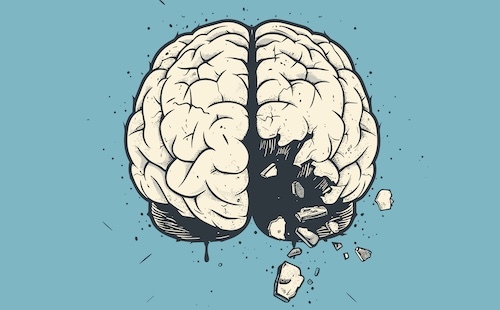Recently, I interviewed Mike Pantille, and we got to talking about overcoming pornography. During our conversation, he brought up something that I bet a lot of people haven’t heard before: the role a good diet plays in fighting temptation. It’s one of those ideas that might not be on everyone’s radar, but it’s worth digging into. So, let’s break it down and see how eating well can actually help in the battle against pornography.
The Dopamine Connection
Let’s start with your brain’s reward system, which runs on a chemical called dopamine. Dopamine is responsible for that feeling of pleasure and satisfaction you get when you experience something enjoyable, like eating tasty food or looking at stimulating content. The problem is, when you constantly overindulge—whether it’s with junk food or pornography—you’re spiking your dopamine levels, which puts your brain in a cycle of chasing that next quick hit.
When you’re eating poorly, your dopamine system is constantly overstimulated, and this leaves you more vulnerable to other impulsive behaviors. If your brain is already wired to crave instant pleasure from your diet, it’s more likely to seek the same thing from pornography. On the flip side, a healthy diet helps stabilize your dopamine response. You’re not flooding your brain with highs and lows, so those impulsive urges become less intense and easier to manage.
Mood Stability is Key
What we put into our bodies affects how we feel, and your mood is a big factor when it comes to dealing with temptation. If you’re eating poorly, you’re more likely to experience mood swings, irritability, and even anxiety—all things that can drive you toward unhealthy coping mechanisms. When stress hits or you’re feeling down, that’s often when the temptation to turn to pornography creeps in.
A balanced diet helps regulate your mood, making it easier to handle life’s ups and downs without falling into old habits. When you’re emotionally stable, you’re better equipped to face challenges head-on, instead of reaching for quick fixes like pornography.



















